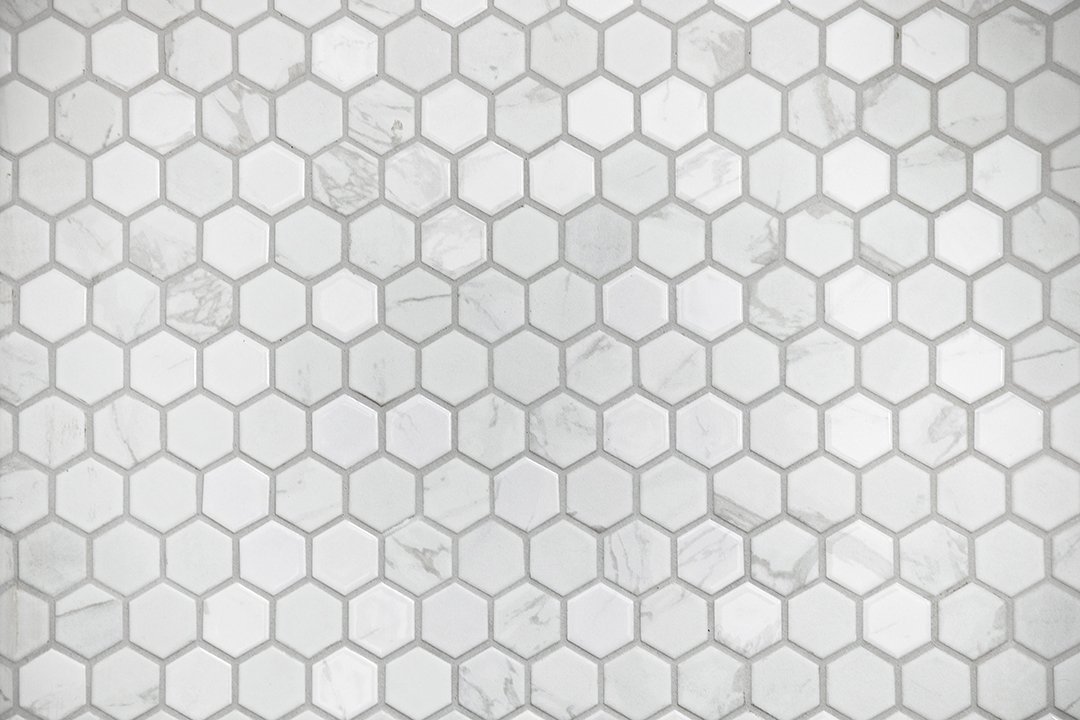With housing supply at historic lows, homebuyers are increasingly turning to new construction. But this option is not without its pros and cons.
A big pro is that new homes are often more affordable than existing homes. And on the con list, many buyers say they would prefer an older home with character. Complaints about new homes include bland builder-grade materials, limited color choices, and unremarkable finishes.
But fear not if you’re eyeing a new build.
“You have a blank canvas to create a design masterpiece, and you aren’t restricted by aged materials or poor choices from the past,” says Blake Sutton, president of Est Est Interior Design, a firm based in Scottsdale, AZ.
If your new-construction home is more cookie cutter than custom, consider these six ways to add the charm, warmth, and character it needs.
1. Go for wood tones
A newly built home doesn’t have to be a characterless box.
One easy way to add depth and warmth is with wood tones in the cabinetry and flooring. You may also consider adding wood beams or a wood-panel treatment to a ceiling or a wood mantel if you have a fireplace.
Just be sure the wood tones are right for the style of your home.
“The wood tones that are appropriate are drastically different and are dependent on the style of the home,” says Sutton.
For instance, darker wood tones are best for a Spanish-style home, while a modern beach house should have much whiter wood tones.
2. Add bold lighting fixtures
Large developments will tend to use the same light fixtures across all the new homes. That’s because ordering in bulk cuts costs and can help avoid possible supply chain issues early.
But if you purchase a newly built home and want to make it feel special, lighting is an inexpensive upgrade on the scale of after-purchase home improvements. And it can have a big impact.
“A great light fixture can bring a wow to a foyer or dining room,” says New York interior designer Vicente Wolf, whose specialty is luxe, modern interiors. “It can be the focal point that can make or break a room.”
3. Install interesting molding and trim
So what do older homes have that new homes don’t? Wood trim and molding.
If you’re handy, you can always add it yourself, or hire out the millwork if you’re not. Just be sure the trim you add is appropriate for the style of your home.
“It’s unlikely you will have crown molding in a new contemporary build, but you would in a traditional build,” says Sutton.
Molding should have a spare, streamlined profile in a modern home. Think thick, straight-edge baseboards devoid of frills painted in a nontraditional color.
“In a more modern space, color can go from silver leaf to a different tone,” explains Wolf. “Paint or stain adds richness to the space.”
If trim isn’t right for the look and feel of your home, but you want to add some dimension to a room, consider creating a paneled statement wall behind a bed, in a home office, or in a dining area. Pick a color that either sharply contrasts or completely blends into the room.
4. Go for eye-catching doors
Installing a custom door is a great way to add curb appeal to an otherwise plain Jane house. This home (above) is newly built, but the wood entry door and posts create a charming experience before you even step inside.
Changing interior doors can also have a big impact.
Raising all door heights, for example, will make rooms appear larger and ceilings taller because they draw the gaze upward. You can also play tricks with doors that seem almost hidden in their surroundings.
“I love flush doors that disappear, with no molding around them,” says Wolf. “It gives an architectural feel to the space.”
5. Upgrade with detailed hardware
One thing older homes have that resonates with homebuyers is antique hardware.
Luckily for new-home buyers, upgrading builder-grade door knobs can have a big visual and tactile impact.
“A beautiful doorknob connects with your hand, and you feel the weight and solid quality,” says Wolf. “Beautiful hardware adds a luxurious, custom quality to a room.”
And luxury doesn’t necessarily mean ornate. A growing trend is quiet luxury, which emphasizes quality touches.
6. Pick up antique pieces
If you are considering a home in a new development and imagining ways to make it look and feel unique, avoid purchasing matching furniture sets.
A few well-placed antiques add gravitas to modern decor, and it’s especially needed in a home in a new development.
“Bringing a sense of the past gives character, depth, and a less thematic look to a modern space,” says Wolf.
Get more like this on Realtor.com
Related Links
If there is a home that you would like more information about, if you are considering selling a property, or if you have questions about the housing market in your neighborhood, please reach out. We’re here to help.














